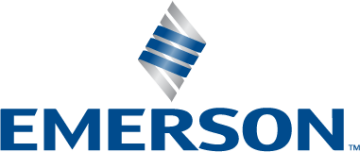The oil and gas industry makes up 40% of all anthropogenic methane emissions, and 78% of that happens at upstream production sites. Fortunately, the well pad is often where methane emissions are easiest to address through a mitigation strategy of optimized maintenance and process control—all enabled by instrumentation insight.
In the upstream sector, a few common causes of methane emissions are:
- Basic leaks are often not quantified due to a lack of detection mechanisms.
- Design and operational practices that allow routine gas venting, such as using natural gas to operate valves rather than compressed air or electricity.
- Unstable process control resulting in frequent upsets, which drive unintended releases.
Regardless of the cause, with the right solutions in place producers can reduce emissions and operating costs while simultaneously ensuring more methane makes it to the sales line and output.
This eBook focuses on leaks across three process areas at the wellsite:
- Wellhead management
- Separation solutions
Tank and water management





